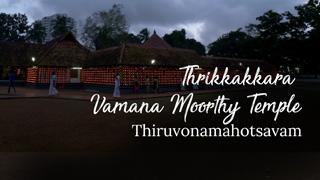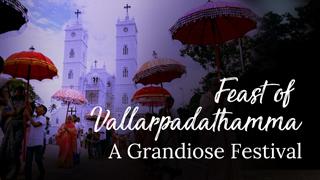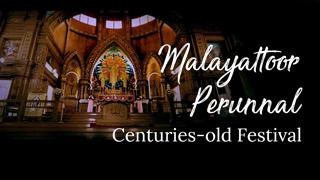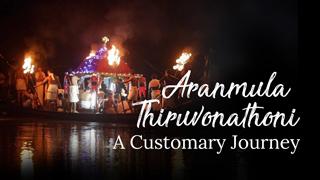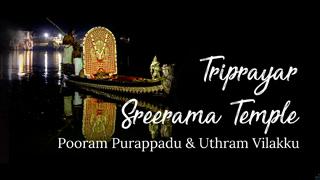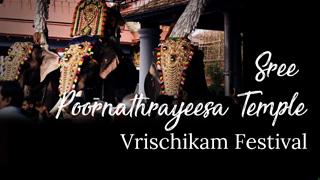Mohiniyattam
The term Mohiniyattam comes from the words 'Mohini' meaning a woman who enchants onlookers and, 'aattam' meaning graceful and sensuous body movements. The origin of Mohiniyattom is rooted in Hindu mythology.
This art form personifies the love and devotion to God with its slow, graceful, swaying movements. It follows the Lasya style described in Natya Shastra.
Contact
Vallathol Nagar, Cheruthuruthy
Thrissur, Kerala - 679531
Ph: + 91 488 2462418
Thiruvonamahotsavam at Thrikkakkara Vamana Moorthy Temple
The temple is considered the epicentre of Onam celebrations across Kerala.
Feast of Vallarpadathamma
Annually the church witnesses the participation of a large number of people from around the globe.
Malayattoor Perunnal
Thousands of devotees immersed in prayers carrying wooden crosses of different sizes and ambling up a hill; a whole village getting decked up and readying itself to welcome these pilgrims.
Aranmula Thiruvonathoni
Once a year, the River Pamba gets enlivened as an elaborately decorated snake boat glides across its placid waters bearing the provisions for a grand feast
Triprayar Pooram Purappadu & Uthram Vilakku
Pooram Purappadu, Uthram Vilakku and Vrischika Ekadasi are the popular festivals
Vrischikam Festival at Sree Poornathrayeesa Temple
Discover the thrills & chills of festivities here!
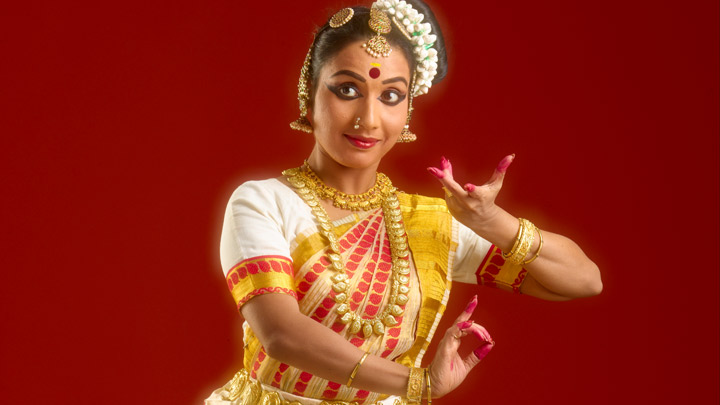
Mohiniyattam - the classical dance of Kerala
Mohiniyattam, the sinuous dance of the enchantress, is a classical dance form of Kerala. This dance form is unique with its slow, graceful, swaying movements of the body and limbs and highly emotive eye and hand gestures. The origin of Mohiniyattam is rooted in Hindu mythology.
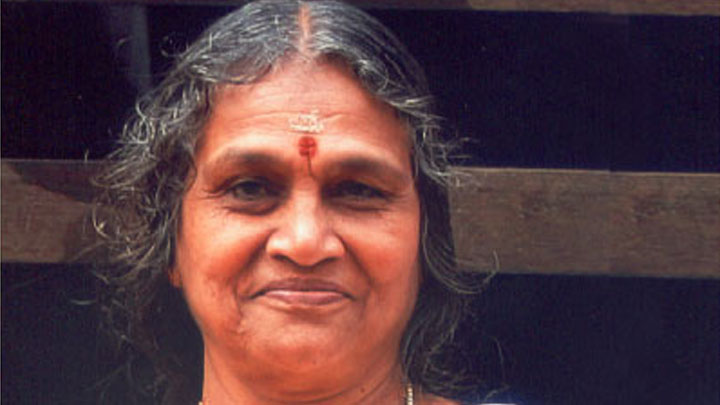
A Danseuse Wedded to Mohiniyattam : Kalamandalam Sathyabhama
Kalamandalam Sathyabhama, who has been recently honoured with the Padma Shri, is an outstanding exponent of Mohiniyattam. An article about the artiste.

